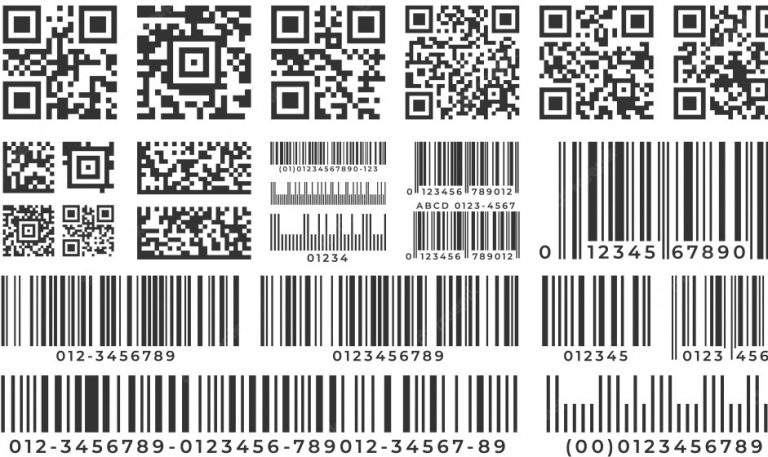Inbound Sales: Top Strategies, Technology, and Tips to Boost Your Sales Process
Inbound sales have become a cornerstone for businesses looking to attract and convert high-quality leads. Unlike traditional sales methods, which focus on cold calling and outreach, inbound sales prioritize understanding and nurturing prospects by aligning the sales process with their buyer’s journey. In this article, we’ll cover the top strategies, technology, and tips to optimize your inbound sales process, ensuring your team can convert more leads into loyal customers.
What Are Inbound Sales?

Inbound sales refer to a methodology that focuses on attracting potential customers through content creation, social media, SEO, and other marketing channels. Instead of interrupting the customer’s day with unsolicited calls or emails, inbound sales professionals identify the needs of prospects and provide value at every step of their buying journey. This approach makes inbound sales a preferred choice for businesses aiming to create lasting relationships with customers.
Why Are Inbound Sales Important?
Inbound sales are crucial for any business that wants to build trust and provide a personalized experience to potential buyers. With inbound sales, companies can:
- Increase Sales Efficiency: Inbound leads tend to have higher conversion rates, reducing the time spent on unqualified prospects.
- Enhance Customer Experience: By focusing on the buyer’s needs, inbound sales professionals can offer tailored solutions, enhancing the overall customer experience.
- Achieve Sustainable Growth: Inbound sales strategies attract leads that are more likely to convert, fostering long-term business growth.
Top Inbound Sales Strategies
1. Developing Buyer Personas
Understanding your target audience is the first step in developing an effective inbound sales strategy. Creating detailed buyer personas allows sales teams to better understand the pain points, needs, and preferences of their ideal customers. This, in turn, helps in crafting messages that resonate and align with the buyer’s journey.
2. Aligning Sales and Marketing Efforts
To maximize the impact of your inbound sales efforts, it’s crucial to align your sales and marketing teams. This involves creating a feedback loop between both departments, ensuring that the marketing team delivers high-quality leads and the sales team provides insights into lead quality and closing rates. Tools like CRM software and marketing automation can facilitate this alignment.
3. Utilizing Content to Educate and Engage
Content plays a pivotal role in inbound sales. Sales professionals can leverage blog posts, whitepapers, and webinars to address prospects’ concerns and position their company as a thought leader. Educational content also helps in building trust and keeping the prospects engaged until they are ready to make a purchase decision.
4. Implementing Lead Scoring and Qualification
Lead scoring is an effective method to prioritize leads based on their level of engagement and fit for your product or service. By assigning scores to leads based on their interaction with your content, website, or emails, sales reps can focus their efforts on leads that are more likely to convert.
5. Leveraging Social Selling
Social selling is an excellent way to connect with potential leads on platforms like LinkedIn, Facebook, and Twitter. It involves sharing valuable content, engaging in meaningful conversations, and nurturing relationships through social media channels.
Technology to Boost Inbound Sales
1. Customer Relationship Management (CRM) Software
CRM software like HubSpot, Salesforce, or Zoho CRM is essential for managing customer interactions, tracking leads, and ensuring seamless communication between teams. A CRM helps sales reps to access critical information about each lead, ensuring personalized and efficient follow-ups.
2. Marketing Automation Tools
Marketing automation tools such as HubSpot, Marketo, or ActiveCampaign can streamline repetitive tasks like email marketing, lead nurturing, and segmentation. These tools enable sales and marketing teams to save time and focus on strategic initiatives.
3. Sales Intelligence Tools
Sales intelligence tools provide insights into the behavior, company details, and social media activity of prospects. Tools like LinkedIn Sales Navigator or ZoomInfo can help sales professionals in identifying key decision-makers and crafting more targeted outreach strategies.
Tips to Optimize Your Inbound Sales Process
1. Personalize Your Communication
Generic sales pitches are a thing of the past. Tailor your communication to address the specific pain points and needs of each lead. Use data from CRM and marketing automation tools to provide a personalized experience that resonates with prospects.
2. Follow Up Consistently
The key to successful inbound sales is consistent follow-up. Use a mix of emails, calls, and social media messages to stay on top of your prospects’ minds. Ensure your follow-up strategy is systematic, without being intrusive.
3. Analyze and Iterate
Use analytics to track the performance of your inbound sales strategies. Identify what’s working and what needs improvement. Regularly update your approach based on these insights to ensure you’re continuously optimizing your sales process.
Snippet Questions and Answers
Q1: What are inbound sales strategies?
Inbound sales strategies include developing buyer personas, aligning sales and marketing teams, utilizing content for engagement, lead scoring, and leveraging social selling to attract and convert prospects.
Q2: How does technology enhance the inbound sales process?
Technology like CRM software, marketing automation tools, and sales intelligence platforms streamline communication, automate repetitive tasks, and provide valuable insights for more targeted outreach.
Q3: What is the importance of inbound sales?
Inbound sales are important because they focus on providing value to prospects, building trust, and nurturing relationships, leading to higher conversion rates and sustainable business growth.
Q4: How can businesses optimize their inbound sales process?
Businesses can optimize their inbound sales process by personalizing communication, following up consistently, and analyzing their strategies to make data-driven improvements.
Conclusion
Inbound sales offer a modern, customer-centric approach to attract, engage, and convert high-quality leads. By utilizing the right strategies, technology, and tips, businesses can streamline their sales process and achieve sustainable growth. Implement these best practices to maximize the effectiveness of your inbound sales efforts and stay ahead of the competition.







